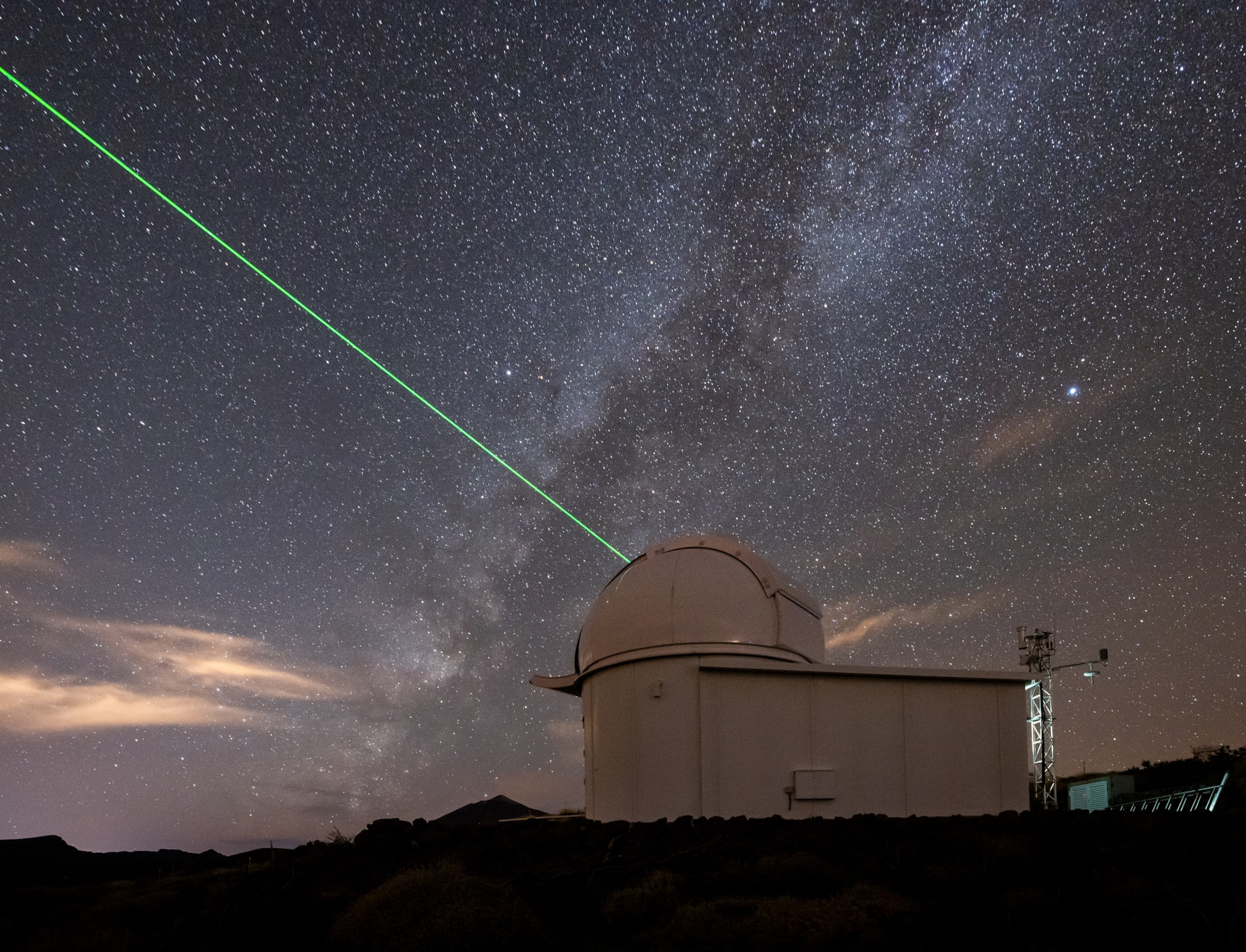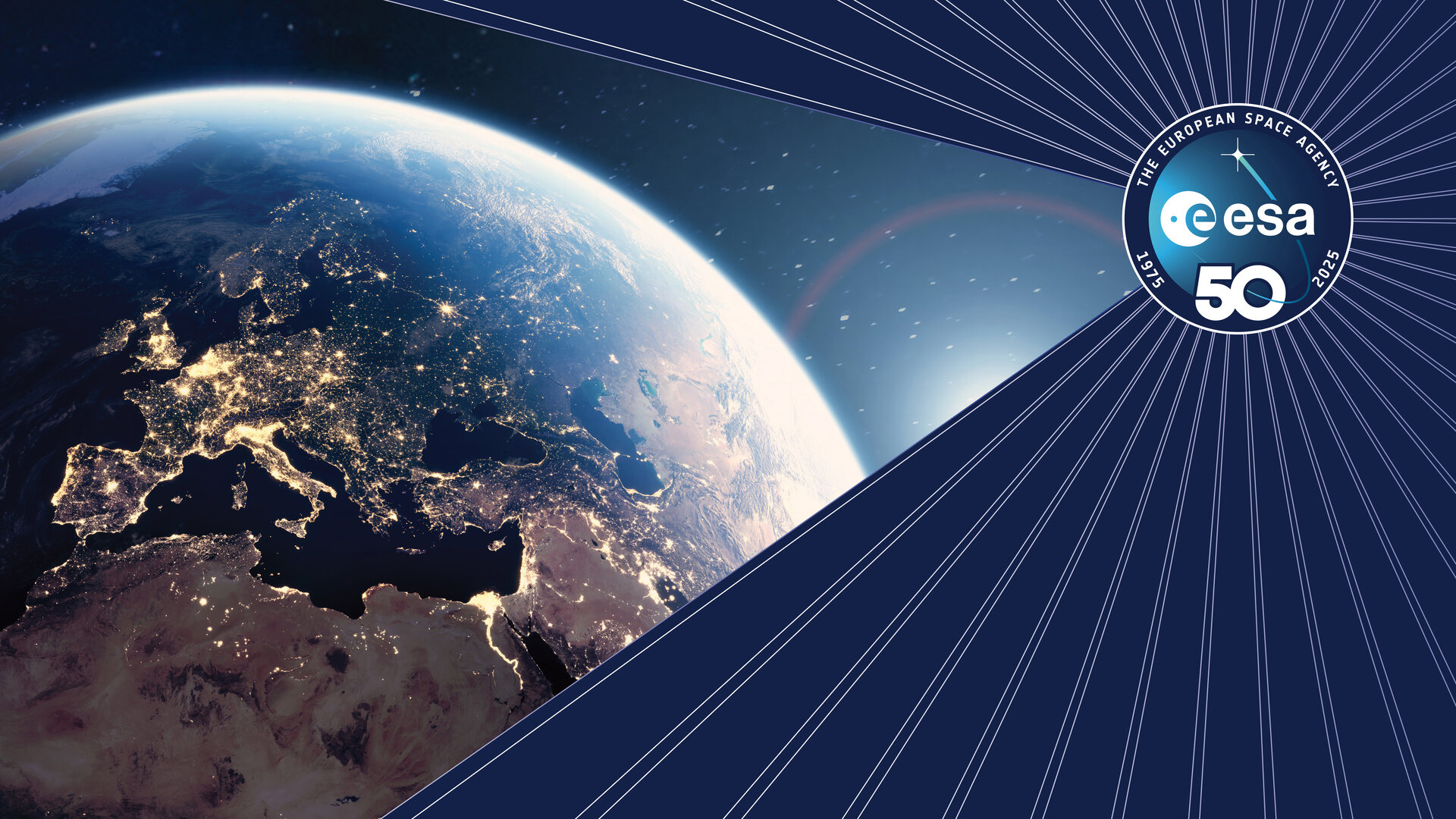ESOC hosts Cluster mission’s 22nd anniversary symposium
Despite a nominal lifetime of two years, ESA’s Cluster mission has now spent 22 years in space. This unique four-spacecraft mission has been revealing the secrets of Earth’s magnetic environment since 2000 and is still enabling new discoveries as it explores our planet’s relationship with the Sun.
The 22nd anniversary symposium at ESA’s ESOC mission operations centre will celebrate the anniversary of the Cluster launches in July and August 2000. Attendees will use this opportunity to review discoveries made during the last 22 years, remember the history of Cluster from the proposal submission to its development and launch, and look to the future of the mission and of the related scientific fields. The teams at ESOC responsible for flying the Cluster mission – the first mission to feature four identical satellites flying in formation – will talk about the mission operations challenges and successes encountered over the last 22 years.
The mission
The Cluster mission comprises four satellites flying in a tetrahedral formation and collecting the most detailed data yet on small-scale changes in near-Earth space, and on the interaction between the charged particles of the solar wind and Earth’s magnetosphere.
This is enabling scientists to build a 3D model of Earth's magnetosphere and to better understand the processes taking place inside it. The four satellites carry identical sets of 11 instruments to investigate charged particles and electrical and magnetic fields. It is one of ESA’s missions that have generated the highest number of scientific publications. The four Cluster satellites are numbered C1 through C4 and are named Rumba, Salsa, Samba and Tango, respectively.
Mission operations innovations
Flown from ESOC, Cluster has been at the heart of many mission operations innovations.
The satellite constellation requires ESOC flight control and flight dynamics teams to perform complex, close-proximity formation manoeuvres. In 2013, two of the Cluster quartet made their closest-ever approach to each other – just 4 km separation in space. In 2015, satellites 3 and 4 (Samba and Tango) were brought to just 6 km separation in space, to observe activity at Earth’s ‘bow shock’ – the region where the solar wind decelerates from super- to subsonic speeds before being deflected around our planet.
The multi-spacecraft design is key to Cluster’s success. By using four spacecraft instead of one, Cluster is able to uniquely measure multiple areas of space – and gain multiple perspectives on a particular event or activity, such as a solar storm – simultaneously.
The key to the mission’s power is not just its four-spacecraft configuration but also the fact that operators can adjust the distance between the four satellites from 3 up to 60 000 kilometres depending on the scientific objective.
When closer together, the Cluster spacecraft can dig into the finer magnetic structures in near-Earth space; when more separated, they can obtain a broader view of wider-scale activity. Across its orbit, Cluster flies both within and outside of Earth’s magnetosphere, allowing it to investigate the phenomena on both sides of our planet’s magnetic shield.
The Cluster mission was also one of the first missions at ESOC to support fully automated ground station contacts with the satellites, which greatly improved operational efficiency. This helped lay the groundwork for future work at ESOC towards the increasing efficiency of satellite operations, such as the A2I Roadmap, which seeks to harness artificial intelligence to further improve the efficiency of mission operations through increased automation.
Together with the team at ESOC responsible for ESA’s Estrack network of satellite tracking stations, Cluster also pioneered the use of a single tracking station for a new ground-to-space communication technique called Multiple Spacecraft per Aperture (MPSA).
Unlike the traditional technique, which includes one ground station tracking one satellite at a time, this technique allows tracking two (or more) satellites simultaneously with the same ground station. Initiated just as an engineering experiment, this technique is now mature and well proven, and is now part of the ESOC Flight Control Team's routine operational approach.



